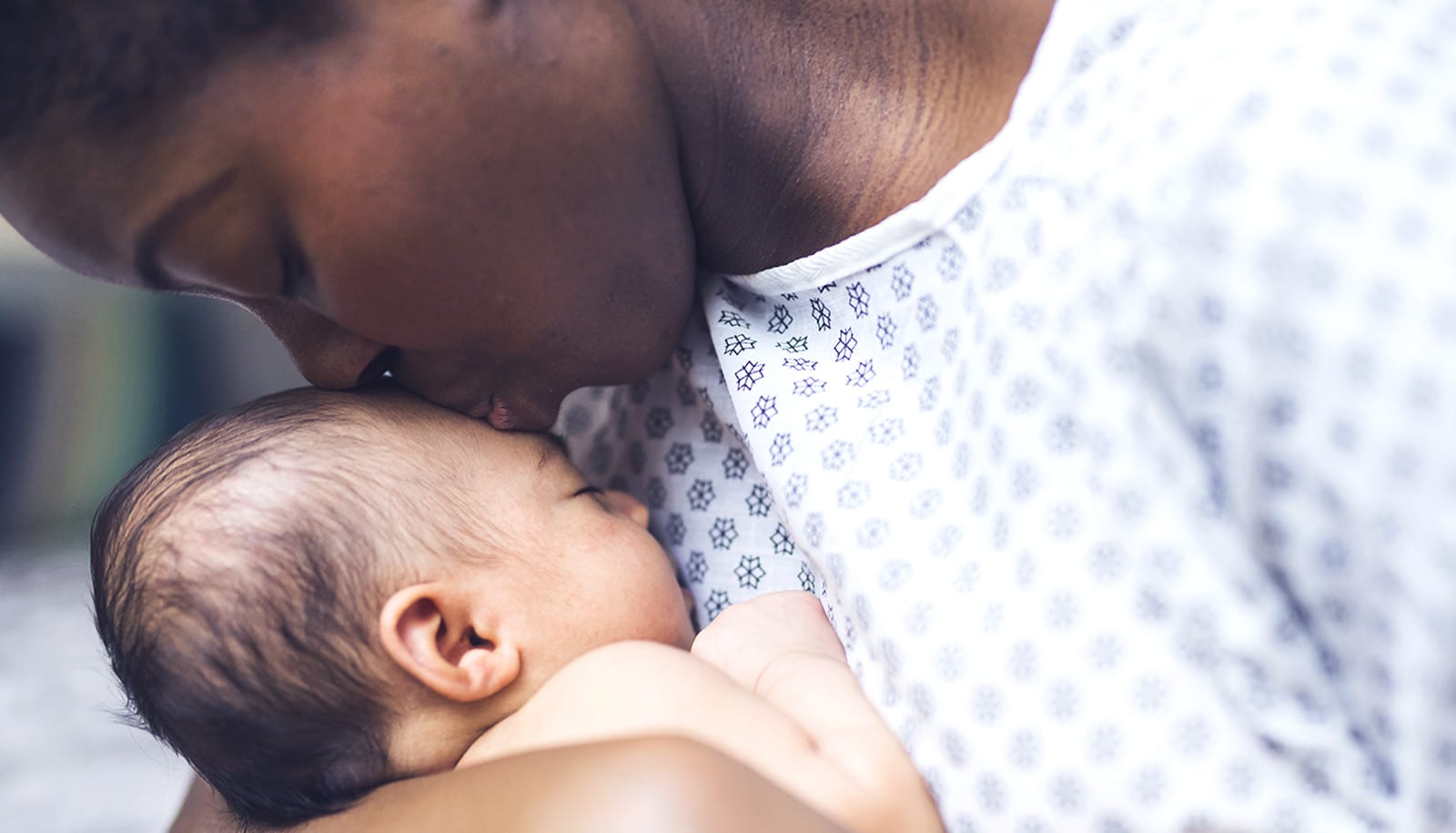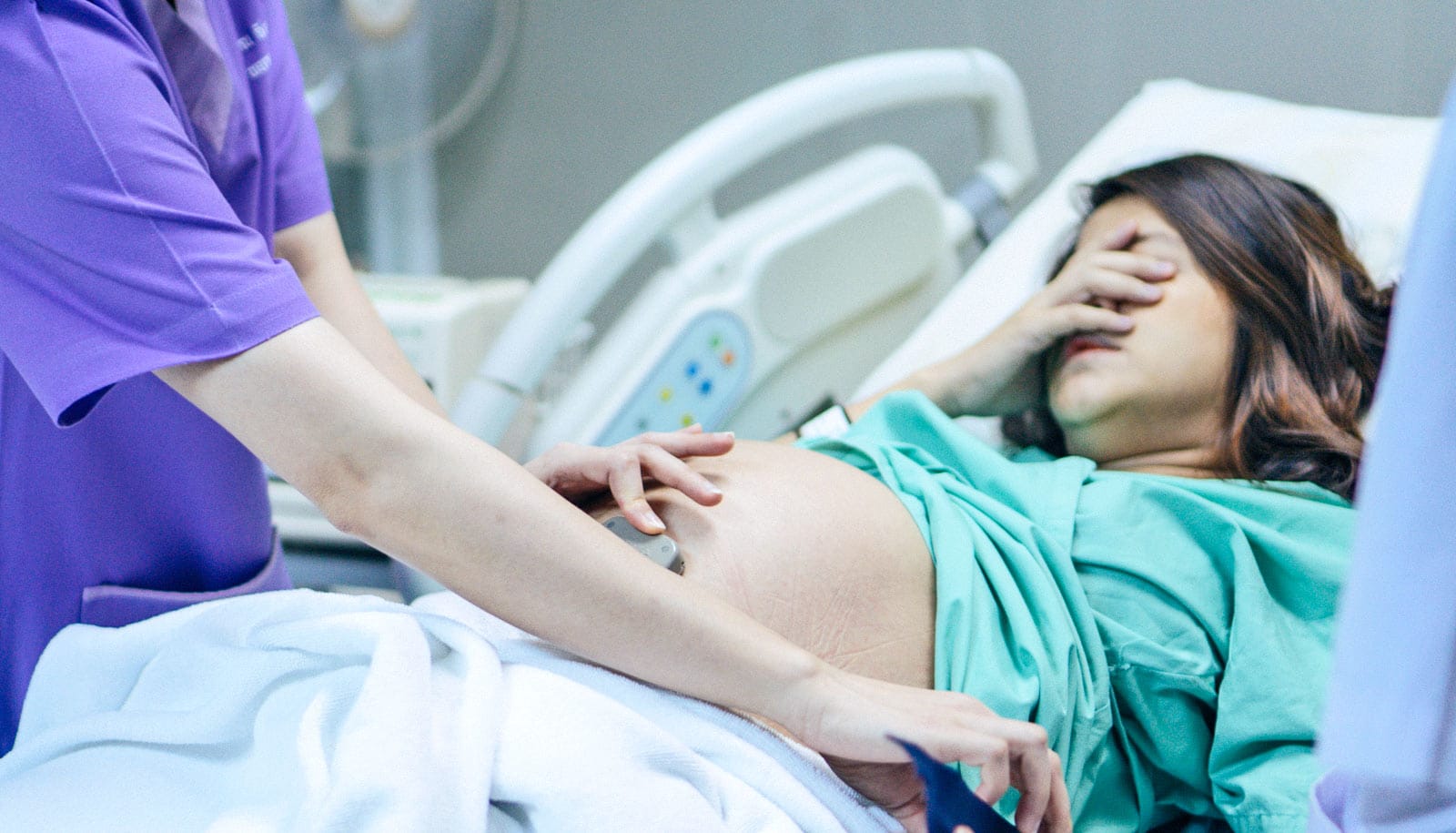Tens of thousands of American women each year need life-saving emergency treatment during childbirth. A new study shows how much racial and ethnic background—and underlying health—factor in.
In all, 1.6 percent of women face this kind of situation. Women of color, and those of Hispanic heritage, have higher rates of severe birth-related health issues than non-Hispanic white women—even if they are otherwise healthy.
The largest gap involved non-Hispanic black women, who had a 70 percent higher rate of major birth problems than non-Hispanic white women, the research shows.
Women of any race or ethnicity who had a health condition like asthma, diabetes, depression, or substance use issues before giving birth also had a higher risk of severe problems after giving birth. Women of color or Hispanic heritage who had two or more such conditions faced two to three times the risk of a severe birth problem.
Maternal morbidity
Deaths among new mothers have received public attention in recent years, says Lindsay Admon, assistant professor of obstetrics and gynecology at the University of Michigan and lead author of the paper, which appears in Obstetrics & Gynecology. But far less data is available on the far more common issue of birth problems that could have killed the mother if she didn’t receive emergency care.
The study focused on 10 types of maternal morbidity. Blood transfusions, used mainly in women suffering a serious hemorrhage, were the most common, accounting for three-quarters of cases and most of the racial disparity.
“Situations like these are often considered near-misses, and looking at them allows us to get a better picture of who the high-risk women really are,” Admon says.
“Celebrities like Serena Williams who have shared their birth-related emergency stories publicly have drawn the national spotlight to the urgent need to reduce racial and ethnic disparities in care for women around the time of delivery. To drive and target those changes, we need specific data like these,” says Admon.
40,873 emergency procedures
The findings have importance for health policy as well, because Medicaid pays for many births, using state and federal funds.
In fact, the new study shows that Medicaid paid for nearly two-thirds of all births among women of non-Hispanic black, Hispanic, and American Indian/Alaskan Native backgrounds, and more than a third of all births among non-Hispanic white women and those of Asian/Pacific Islander backgrounds.
Researchers used anonymous national data about hospital stays from 2012 to 2015, during which 40,873 women who gave birth underwent an emergency procedure or received a diagnosis of a life-threatening condition.
When calculating rates of severe maternal morbidity, the researchers adjusted for factors like age, income, insurance source, and rural/urban status that have already been shown to play a role in birth outcomes. They were not able to adjust for maternal obesity, another known health risk for birthing mothers.
“Taking care of pregnant women, it’s really heartbreaking to see women entering pregnancy or delivery in a state of health that you know could have been optimized…”
The data in the study came from the National Inpatient Sample compiled by the Healthcare Cost and Utilization Project, part of the federal Agency for Healthcare Research and Quality and allowed researchers to look at severe maternal morbidity across racial and ethnic groups—including American Indians and Alaskan Natives, for whom little national data has been available.
In all, the researchers looked at data from more than 2.5 million birth hospitalizations across a four-year period—a representative sample of nearly 13.5 million total births that happened in the country from 2012 to 2015.
This allowed them to calculate rates of severe maternal morbidity across women of different backgrounds and different health status. For instance, they found that 231 of every 10,000 births among non-Hispanic black women led to one of the severe problems, compared with 139 of every 10,000 births among non-Hispanic white women.
If the rates were extended to the entire population of women who had babies in the US from 2012 to 2015, more than 218,000 of them would have suffered a life-threatening problem.
In addition to blood transfusions, researchers compiled rates of blood-clotting disorders, heart failure, hysterectomy during or following delivery, acute lung problems, kidney failure, eclampsia (seizures caused by high blood pressure), shock, and sepsis.
‘Near-miss’ patterns
Disparities between whites and blacks of non-Hispanic backgrounds emerged in these non-transfusion conditions, too: 50.5 black mothers per 10,000 suffered one of them, compared with 40.9 white mothers per 10,000.
The researchers focused on chronic health conditions that previous research has shown can increase the risk of a tricky birth. These included diabetes, chronic high blood pressure, chronic lung disease such as asthma, chronic heart or kidney disease, lupus, pulmonary hypertension, HIV/AIDS, depression, and substance use disorders.
Non-Hispanic white women had higher rates overall of depression and substance use disorders, compared with women from any other group. Even so, the risk that a white woman with depression or substance issues would have a severe problem during birth was significantly lower than the risk experienced by a woman of color who had depression or substance issues.
“Taken together, our findings shed light on women of color as a high-risk population for each of the problems examined occurring during delivery and immediately afterward,” Admon says.
“Women of color who have multiple health conditions before they have their baby appear to experience a ‘double whammy’ effect, which should force us to think about how to structure care to best serve these vulnerable women, not only during pregnancy but before and after giving birth too.”
Underlying disparities
Targeting that effort in healthcare facilities that care for higher percentages of women of color should be a priority, she says. She also hopes to do more research on the longer-term health of newly delivered mothers, beyond the initial birth hospitalization, to understand patterns of health emergencies or “near misses” in the first year after birth.
“Taking care of pregnant women, it’s really heartbreaking to see women entering pregnancy or delivery in a state of health that you know could have been optimized, such as high A1C levels in diabetes, uncontrolled asthma, or untreated substance use disorders. Part of that has to do with underlying disparities in access to care prior to pregnancy, which is also necessary to address in order to ultimately reduce severe maternal morbidity and mortality in the United States.”
Additional coauthors are from the University of Michigan, the University of Arkansas, and Virginia Commonwealth University.
Source: University of Michigan


